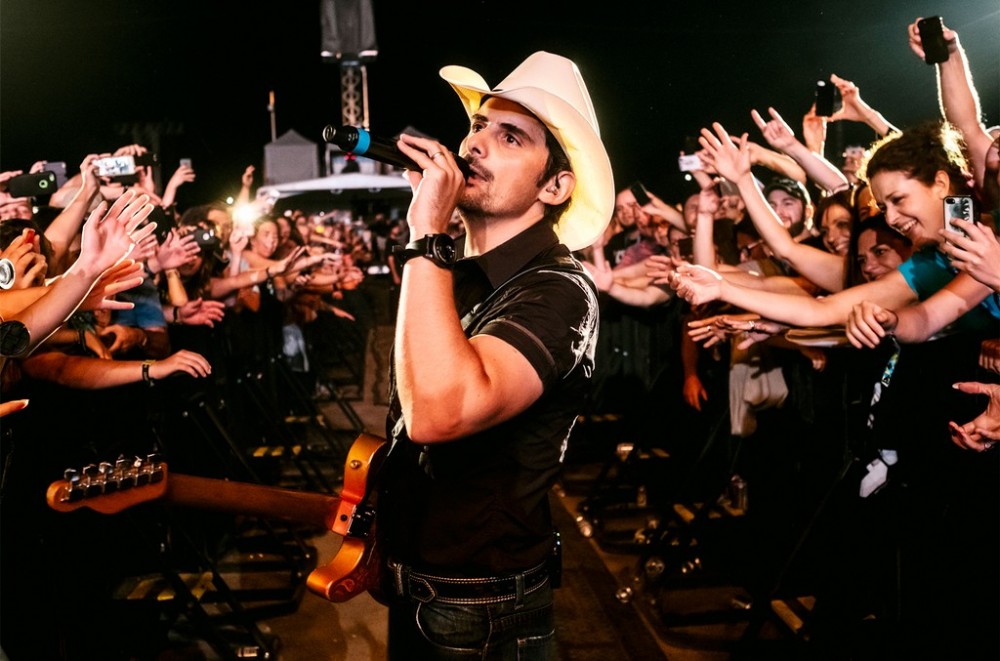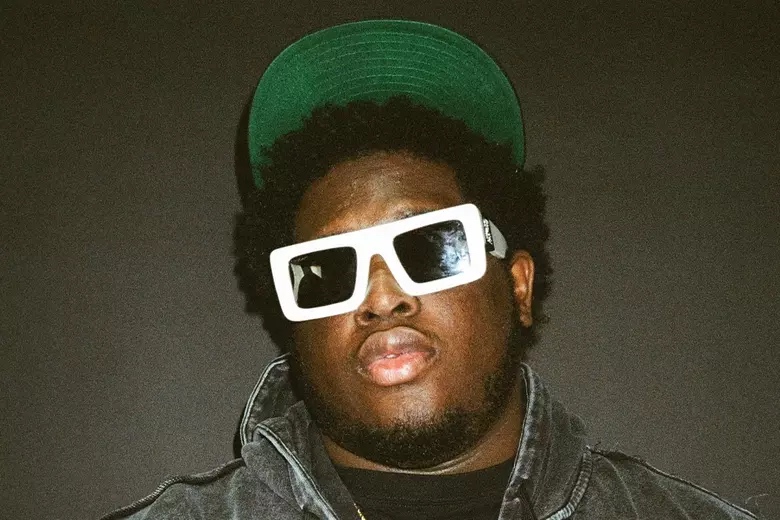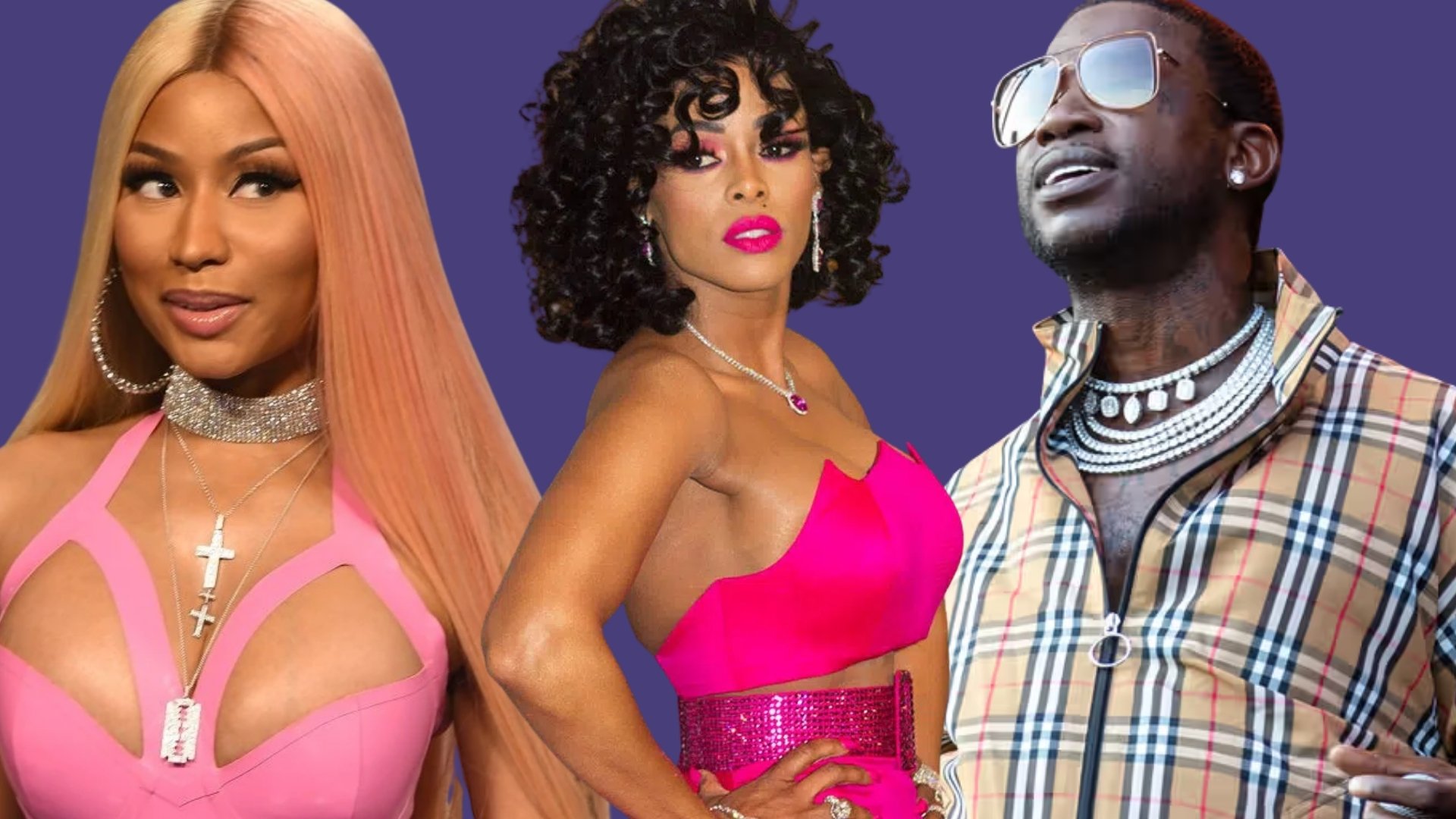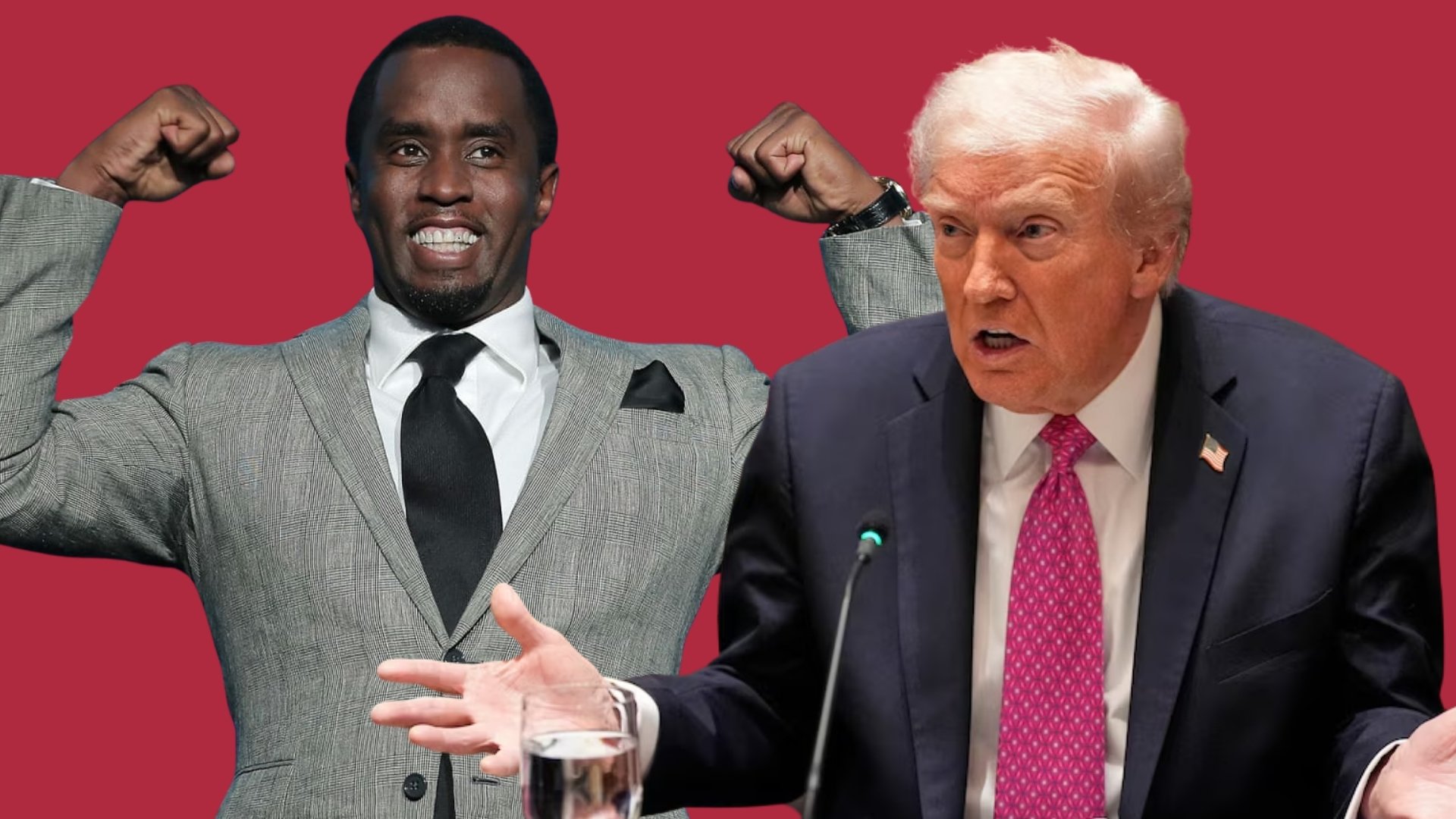Last Friday, Brad Paisley and his band played a full production arena show, sponsored by Bud Light Seltzer. It was one of the first shows since the COVID-19 pandemic started earlier this year to feature all the bells and whistles of a regular concert. Beamed online from the Steel Mill, a production space in Nashville where Paisley rehearses his tours, the only thing missing was a live audience.
As Paisley details below, it took tremendous work and extreme attention to every detail to ensure that all safety standards were met, even navigating with precision how he and his guitar tech would switch guitars.
He tells Billboard how the show came together and the possibilities for more live entertainment on the horizon.
Billboard: How did you feel on that stage with the full production and your bandmates around you for the first time in months?
Brad Paisley: I felt great. It was a very inspiring thing to see this entire crew come together in an entirely different way, following protocols we never imagined we’d have to do the jobs that we’re used to doing. Normally we’re talking about an eight-hour process to load in. I think they loaded in on Sunday or Monday…so a multi-day] process. Walking into rehearsal] was emotional.
You followed CDC guidelines—taking band and crew members’ temperatures, wearing masks and gloves, staying six-feet apart. The only one you may not have been at least six feet apart from the whole time was your guitar tech when he handed you a guitar.
He is the one person I’ve been around the closest since this began. He’s been my guitar tech for a decade and he operates and runs my studio at the farm so he is around, but he and I have not been in the same space without mask and gloves other than Friday night. He went through the protocols with me before the show Friday. “Here’s how I’m doing this: I’m going to wear rubber gloves when I change the strings. I’m going to use fast-drying 90% alcohol to wipe down the necks of the guitars even though I’m wearing gloves. I’m not taking my mask off. And then I’m going to change the strings a day ahead of time, so they’re going to sit for a day and I’m also going to alcohol it down.”
Alcohol doesn’t really hurt anything cause it dries so fast. You couldn’t put Purell on a guitar because it would be awful, but pure alcohol will go right off. And then when he comes out to hand to me, he’s wearing a masking and gloves. He grabs it by the body. I grab it by the neck. That’s at least four or five feet between us.
We needed that level (of safety). I felt like the pressure was on us to not have five new infections from our little concert. We all felt like we wanted to do this right so that it shows you can because that’s important.
What about the camera crew?
The girl and guy that run the side cameras on my tour were there, but they had taped white boxes on stage left and stage right where they weren’t allowed to leave that area so that I’m not walking through their airspace if I’m playing the guitar. Same with my microphone. I don’t want anyone checking my mic. I turned on the mic myself. It had already been wiped down with alcohol. I was the first one to say ‘check’ into that mic. The same thing with the spare mic. I don’t want anybody talking into it. I don’t know how you would possibly get COVID- 19 out of a microphone.
And then I also loved the way Scott Scovill] shot it. We had a drone flying around in there shooting it. We could do that because there was no audience. We had cameras everywhere. The scale was very well represented. Everything weird about it disappeared the minute the lights came on and we were playing and then everything weird returned the minute we stopped. No applause. “Okay, fantastic. I’m hoping they like it.”
How hard was it stay six feet away from your bandmates?
We all were well aware that we weren’t going to be leaning against one another and you know kissing somebody’s forehead, it wasn’t going to happen. There was no Bruce Springsteen kissing Clarence Clemons].
Are you going to try to do this somewhere else?
I don’t know, going forward I just knew that the pressure was on to do this right so that we didn’t make it to where it shouldn’t happen again. I’m sure there’s something else like this to do somewhere. I don’t think we should do that very thing again because all I could do is add new songs. I think that there’s a way to start looking at what else can you do. The drive-in idea is interesting. It’s also limited. I don’t know what my path is forward at all. I’m open to things. I would do this again for sure in a different setting. Going forward, anything that allows us to still reach people’s, what I want to do, I just want to use this time to reach fans.
How big was your crew versus what you’d normally have?
We were smaller than normal. If we were really doing the concert, there would have been more people than that. But it wasn’t like bare bones. Like I said, we took three days to do something that would have been hours normally]. For a typical load in, you’d hire a local crew. We didn’t do that. This was all people that work for our company or Moo Productions or maybe Sound Image. You didn’t want more than six or seven people in a certain area. I’ve got three people working in video world at any given time and typically those three are sitting at one folding table and instead they were at three folding tables and each folding table was 10 feet apart. And they had their own area and their own gear set up in front of them so they didn’t have to be around one another. That was by design. We could never get away with that in an arena typically because you need that space. There’s not that much room.
How else did you stay safe?
There was no one was on my bus. Zero. Usually keyboard player] Kendal Marcy and I would hop on the bus to do the set list. Instead, I sat down with a Sharpie on the bus, I shut the door, I’m in there 30 minutes writing down a little set list. I had to find my own damn paper in the bus, which I have no idea where that kept (laughs). The bus was a safe space.
That’s the issue with touring more than anything. How would we put this on in a venue or drive-ins because, good luck, how would you get your crew there? That’s the big issue. How do you put them on the band bus where four or five of my band depending on the night ride on that. They better be real sure about each other. I can’t let them do that.
Why did you pre-tape the Friday show?
We had to do that from the standpoint of you don’t want to have spent all this production costs and, and then have an Internet blackout as you’re trying to feed the thing live.
Do you think there’s a way to monetize digital shows going forward?
Absolutely. There’s definitely ways to monetize this right now. Without a doubt. You have to have a delivery service that people trust, the way that they trust Zoom, Instagram, Facebook. And then a way to say, “Look, we’re doing this really cool thing. It’s this much.” You’d have to find the right thing and you have to make it fair. It shouldn’t even approach what a real ticket is because it’s not nearly the same experience. But I like the idea better that companies sponsor]. I’ve done two different quarantine concerts for Bud Light already. One from my kitchen and another from the Steel Mill, both with incredible production laughs]. In the kitchen, they did send me a neon Bud Light sign, which I still have up. I won’t forget what Bud Light has done for my fans.
Do you know how many people watched?
Kendal said the aggregate was over a million or two at least. It would have taken a tour to reach those people, maybe two tours. When you play for a million people in one year, that’s a hugely successful year. So you had those eyeballs. Make no mistake, this does not replace the live concert some day. We all know that. Thank goodness that nothing will ever take away that one-on-one experience of going to a venue and watching your favorite artist play music. We have been thrown the test of all tests, haven’t we? This is a stop gap and all of us are doing different things. All of us have a desire to continue to reach people.




